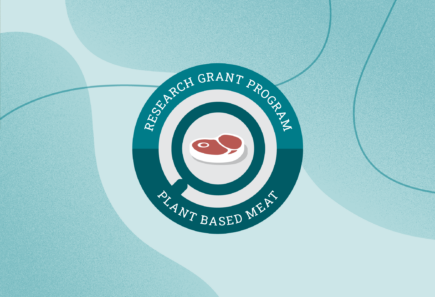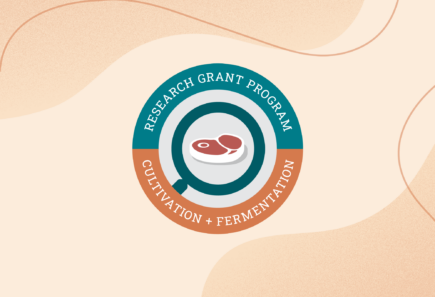
Extrusion-assisted canola protein extraction
Years active: 2024Canola meal will be processed by extrusion to extract protein that will be concentrated and dried to form a high-quality protein ingredient.
We use cookies to help you navigate efficiently and perform certain functions. You will find detailed information about all cookies under each consent category below.
The cookies that are categorized as "Necessary" are stored on your browser as they are essential for enabling the basic functionalities of the site. ...
Necessary cookies are required to enable the basic features of this site, such as providing secure log-in or adjusting your consent preferences. These cookies do not store any personally identifiable data.
Functional cookies help perform certain functionalities like sharing the content of the website on social media platforms, collecting feedback, and other third-party features.
Analytical cookies are used to understand how visitors interact with the website. These cookies help provide information on metrics such as the number of visitors, bounce rate, traffic source, etc.
Performance cookies are used to understand and analyze the key performance indexes of the website which helps in delivering a better user experience for the visitors.
Advertisement cookies are used to provide visitors with customized advertisements based on the pages you visited previously and to analyze the effectiveness of the ad campaigns.
Other cookies are those that are being identified and have not been classified into any category as yet.

Canola meal will be processed by extrusion to extract protein that will be concentrated and dried to form a high-quality protein ingredient.

This project aims to develop efficient and cost-effective cell culture media from optimized bioprocesses for industrial-scale cultivated meat production.
Mammalian cell culture performance can be limited by oxygen and carbon dioxide levels or by shear stress associated with sparging and mixing. The use of protein-based oxygen carriers could help to address these issues in the context of a cultivated meat bioprocess.
The combination of flow cytometry—which allows single cell analysis and sorting—with Raman spectroscopy—which allows crude biochemical analysis of cells—can be used to develop new strains of microorganisms with enriched protein, fat, or iron compounds.
Optimizing bioreactor and bioprocessing technologies for the needs of the cultivated meat industry has the potential to substantially reduce the cost of cultivated meat production. Innovations in cultivated meat bioprocessing can be broadly classified into strategies focused on food-grade operation, process intensification, and the exploration of novel bioreactor geometries.
The cost and environmental impact of cultivated meat are driven by the cell culture media formulation and its conversion efficiency into meat. Metabolic modeling and engineering techniques can aid media formulation and ensure its optimal use. Targeted optimization will improve the cost-competitiveness and sustainability of cultivated meat production.
Consumer education on the food safety of cultivated meat can positively impact consumer acceptance when sufficient information is provided. Additional research and efforts to increase transparent science communication on the food safety benefits of cultivated meat are needed.
Sterilization guidelines from well-established biomedical and food industries can act as helpful templates for safe cultivated meat production. However, more research is needed to identify potentially novel production hazards for regulators to understand the unique requirements for cultivated meat.
The inclusion of fat and marbling in cultivated meat is likely to increase its flavor, texture, and consumer appeal. Structural approaches using edible microcarriers, hydrogels, and 3D bioprinting present promising options to support fat cell growth and reduce buoyancy in culture for integrating fat into cuts of meat, but more research is needed to optimize conditions.
Hybrid products are a promising means to introduce cost-competitive versions of cultivated meat to the market while improving the taste of plant proteins. Promoting the health benefits of hybrids may facilitate consumer acceptance, but more research is needed to identify the optimal ratios between plant-based and cultivated ingredients to increase nutrition without compromising flavor.
Notifications